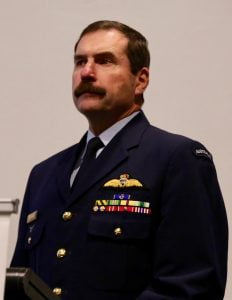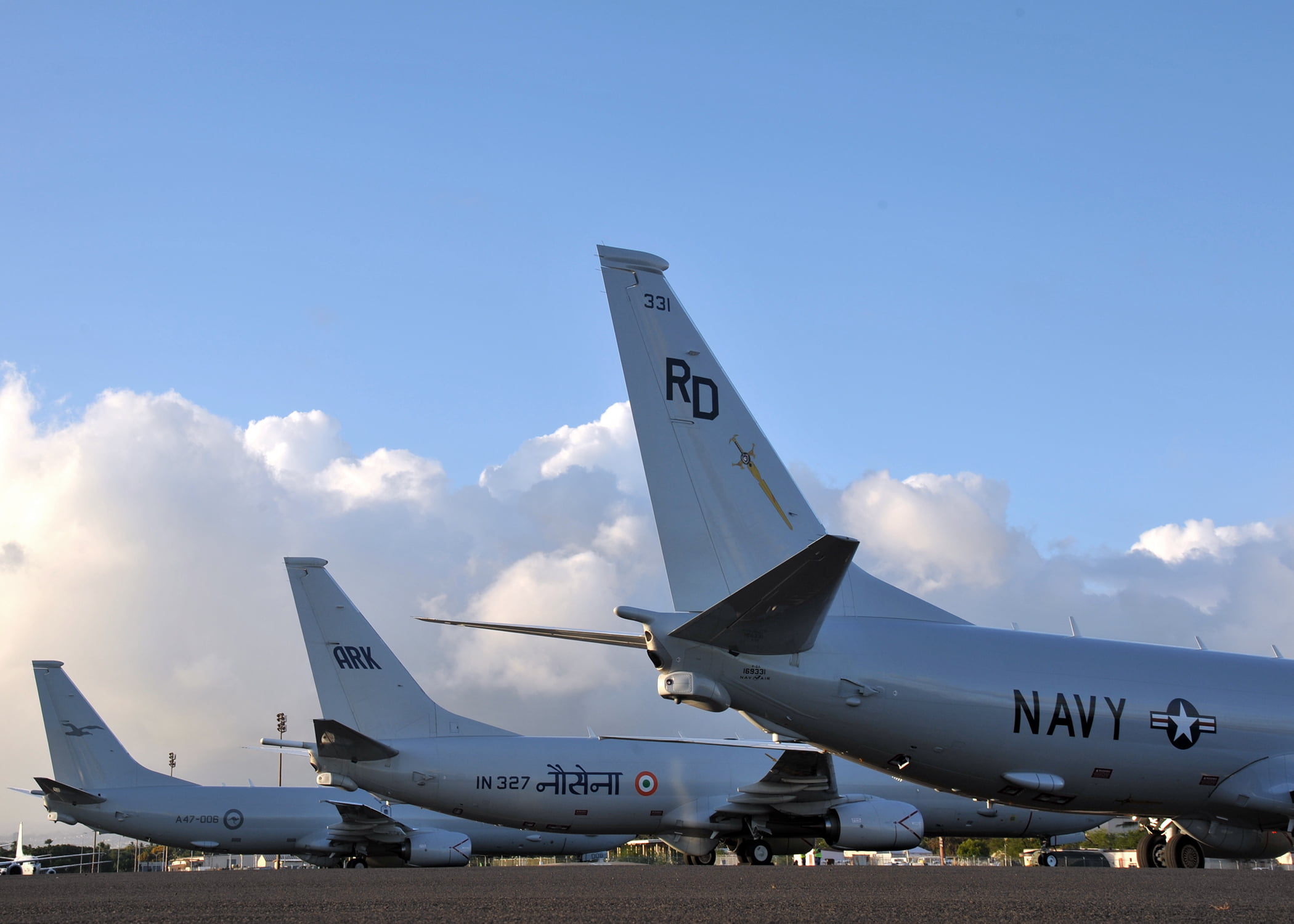By Robbin Laird
In my interview with the head of the Air Warfare Centre, Air Commodore “Joe” Iervasi, prior to the August 23, 2018 Williams Foundation Seminar on independent strike, he raised the key question of the relationship between the ADF building an integrated force and the broader considerations of its deterrent effect.
“Does the demonstration or the perception that your force is integrated essentially provide a deterrent effect?
“That is “I can’t just now attack the land force because I know it’s so interconnected with other things, I don’t know where I’m being attacked from.”
“Or “my ability to dominate has now diminished.”
“Does that actually produce a deterrent effect?”
For Air Marshal Davies, the head of the RAAF, clearly the answer is yes, but integration more broadly considered.

In his presentation to the Williams Seminar on August 23, 2018, Davies focused on the broader question of an Australian approach to deterrence and built out from the core focus on how the integrated force can create such an effect.
For Air Marshal Davies, in the current strategic situation, deterrence for Australia rested in part on the resilience and the flexible options which an integrated force would provide for Australia.
His focus was upon how to create a deterrent effect in the mind of the adversary, and it was the impact on the adversary which was crucial.
He saw that as requiring Australia to have a flexible, integrated fifth generation force, which could create redundancy through integration.
By having such a capability, when combined with effective partnerships in the region and beyond, would multiple the impact which the ADF as an integrated force could have from an adversary’s perspective.
Integration meant as well a capability to better work the ADF with a whole of government strategy to enhance the utility of that force and its impact in a crisis to become a more effective deterrent.
Deterrence rests on persuading adversaries that the risks are greater than hoped for gains from aggression.
To do this required an ability to operate an integrated force with reach, resilience and in credible partnerships and alliance relationships to shape influence relationships which can be leveraged and worked in a crisis.
He argued that as a non-nuclear power, a foundational relationship with the United States was crucial part of the Australian approach to deterrence; but an appraoch complemented by a wide ranging partnership strategy within “our” region.
Air Marshal Davies underscored several thrusts of change he felt were crucial to build out Australia’s deterrent strategy.
The first was virtual a revolution in the information domain whereby sharing of data, and assessments became much more the norm, than the aberration in operations. “We need to have a security framework which can work at a different level than we are operating at currently.”
The second was shaping a more integrated approach to strike, with longer range assets added as well to the mix. “We are not looking for a single missile effect; we are looking for coordinated strike, which can include various force elements, Special Forces, non-kinetic tool, cyber, as well as kinetic in shaping a deterrent effect.”
For Davies, it is not simply about adding another platform or tool considered in terms of it self in isolation from the whole force; it is about integrating new capabilities within an expanded and more flexible force which can deliver credible deterrent effects.
Air Marshal Davies argued that the “contest for national influence’ was increasing in the region, and “we need to increase our understanding of our own impact on the region and how to expand our influence.”
Because deterrence works by persuasion, Davies was arguing that it was crucial to enhance the tools and understanding of how to operate and leverage the integrated force to enhance its potential “persuasive effect.”
He concluded that “relationships, resilience and reach are the key elements of our deterrent strategy.”
The featured photo:
JOINT BASE PEARL HARBOR-HICKAM, Hawaii (July 6, 2018) — U.S. Navy, Indian Navy, and Royal Australian Air Force P-8 Poseidons are staged at Joint Base Pearl Harbor-Hickam for Rim of the Pacific (RIMPAC) exercise 2018. (U.S. Navy photo by Mass Communication Specialist 1st Class Kevin A. Flinn/Released)
Air Commodore Heap highlighted the meaning of this photograph from the standpoint of the partnership and alliance approach which Air Marshal Davies underscored in his presentation:
Question: Your P-8s were clearly at the Exercise, even though they were not under your command in your cAir Component Commander role.
How did they operate with the other P-8s, namely the USN and Indian Navy P-8s?
Air Commodore Heap: Seamlessly.
“We demonstrated the clear capability for the US and Australian Mobile Tactical Operations Centres to work closely together, optimizing synergies.
“The Indian Navy P-8’s were operated from the same tarmac at Hickham, with their operations element collocated next to the USN and RAAF Mobile tactical Operations centre.
“All P-8 teams ended up working very well with each other in the tactical operations space.
“The Indian Navy aircrew and maintenance personnel were highly professional and clearly comfortable with advanced airborne ASW concepts as well.
“RIMPAC also provided a rare opportunity to exercise significant multi-national airborne MPRA assets, P-8s and P-3 from the US, Australia, India, Canada, New Zealand, Japan, and the Republic of Korea, in the conduct of Theatre ASW, (TASW).
“The P-8s in particular are a force multiplier in this piece, the overall objective of which is to deny or deter an adversary submarine force from affecting our friendly forces.”


